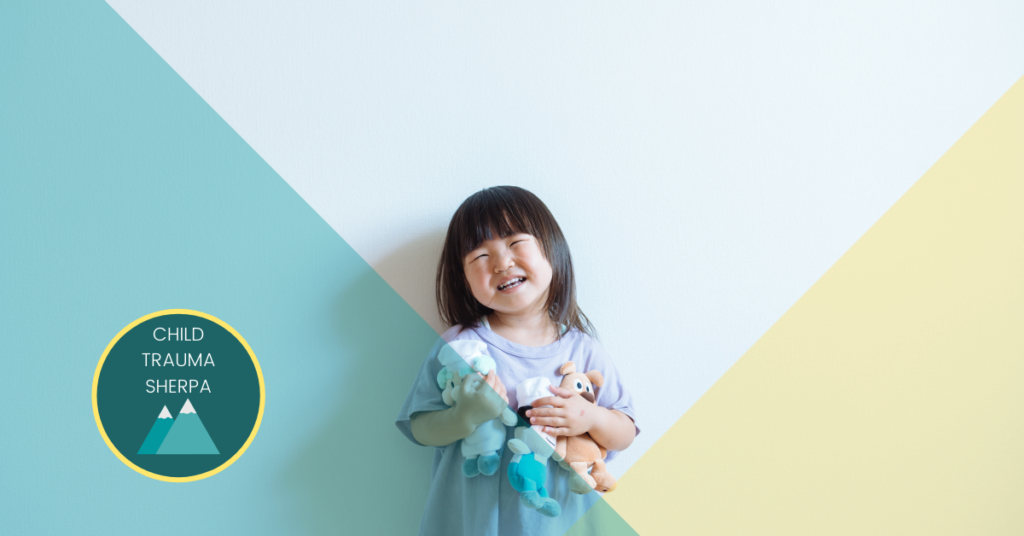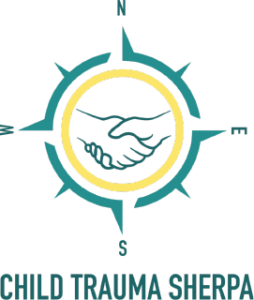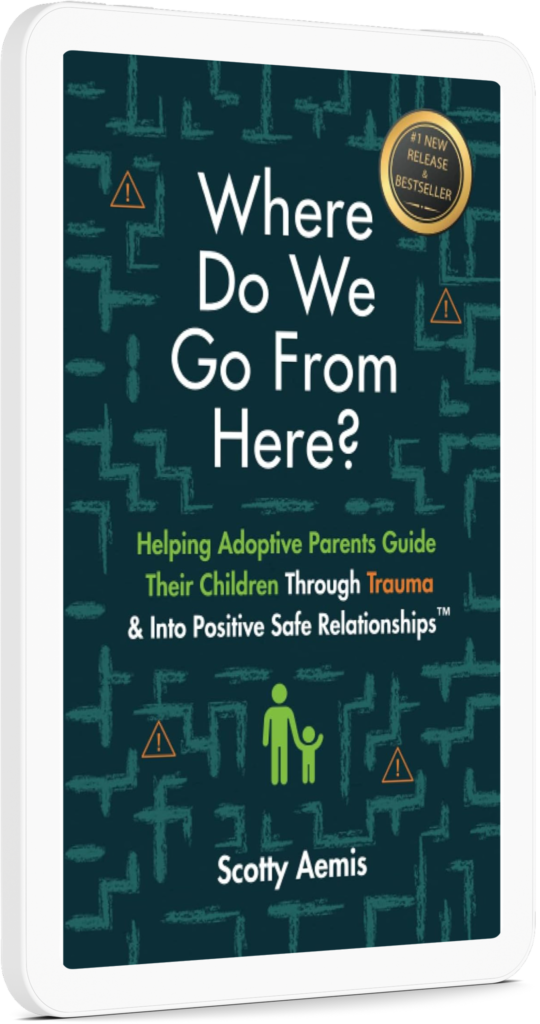The Physical Effects Trauma Has on the Brain and How You Can Begin to Help Your Child Heal
Repeated or prolonged exposure to trauma such as abandonment, neglect, abuse and other tragic events during childhood can leave lasting effects on the brain. Unfortunately, this type of trauma causes a real, physical brain injury. However, there is hope! Our brains are constantly growing and repairing at least through the age of 25, meaning that with the right care, you can begin to help your child heal. But in order to help them, you must first understand how childhood trauma affects the brain.
How Childhood Trauma Physically Affects the Brain
Many of us experience stress in our daily lives; however, toxic stress can cause damage to the brain. Toxic stress is prolonged or repeated exposure to traumatic events. This type of stress disrupts the development of the brain structure and other organ systems. The worse the experience, the greater the effects will be, even into adulthood if not properly cared for and healed.
Toxic stress affects several areas of the brain, including the amygdala. This part of the brain is the fear center. It detects dangerous things in our surroundings and triggers what is known as the fight or flight response. When our fight or flight response is repeatedly triggered over long periods of time, it eventually fails to shut off and we are constantly in a state of fear. This leads to chronic stress and irritability, leading many children to act out or display other behaviors such as anxiety, depression or social isolation.

Stress produces the hormone called cortisol which increases our heart rate, blood pressure, respiration and muscle tension to prepare us for taking flight or putting up a fight. However, when our bodies are constantly producing cortisol, it can have other negative effects on our bodies, including weight gain, heart disease and digestive issues.
Childhood trauma can also cause the prefrontal cortex to become underactivated. This part of the brain regulates the stress response system and how we perceive scary situations. It is also the part of the brain that regulates our emotions and memory as well as sensory processing. Repeated or prolonged exposure to trauma and injury to this part of the brain leads to difficulties with concentration, attention and learning, as well as affecting how we react emotionally to situations.
Hope in Healing
Now that you understand how childhood trauma affects the brain, your child’s behaviors might make more sense to you. Understanding this can also help you know how to help your child begin to heal. The simple part is to develop and focus on Positive Safe Relationships (PSRs) in every aspect of your child’s life. By having consistent, safe relationships and eliminating unsafe and retraumatizing events and people, your child will be able to begin to heal over time.
It is important to also have an entire support system to help you create a safe environment for your child. This team will include family members, educators, church leaders, counselors and other professionals. It is key that everyone on the team be on the same page, or you will see little to no progress.
After focusing on positive relationships and helping your child feel safe, it is also important that you change your mindset as a parent. There is no one-size-fits-all appropriate reaction to bad behaviors. Often, what is considered socially acceptable reactions for most children can unfortunately retraumatize kids with trauma.
Also, it’s important to understand that because childhood trauma can slow or stunt a child’s developmental process, it will not be unusual for children with trauma to act many years younger than their actual age. So rather than parenting your child where others say they should be developmentally, parent your child where they are. Then be sure to give your child the space they need to work through their trauma on their own time.
Lastly, know that you are an amazing parent with a great child! With love, care and patience, you can begin to see real progress in your child’s healing, allowing them to form healthy relationships with those in their life.

